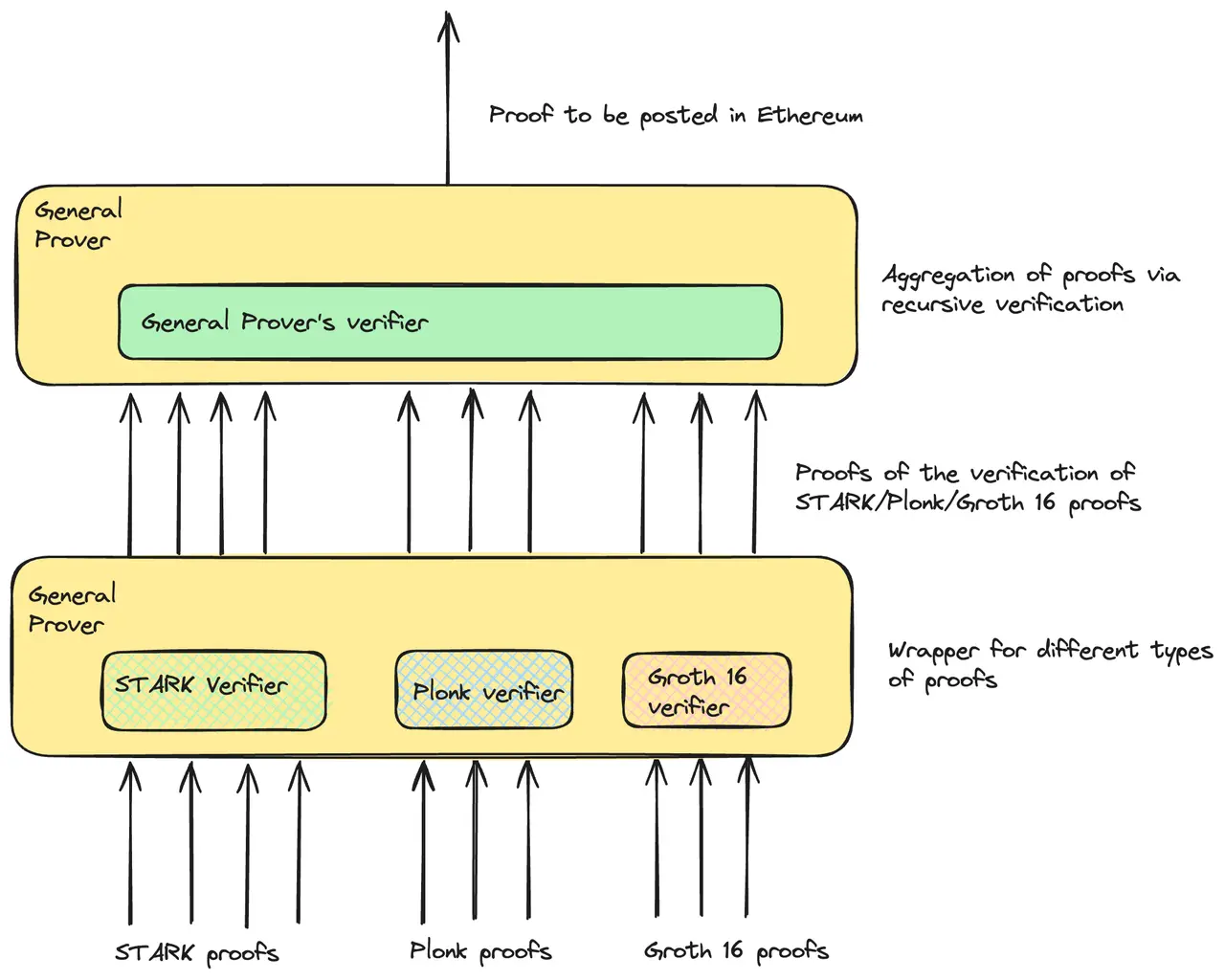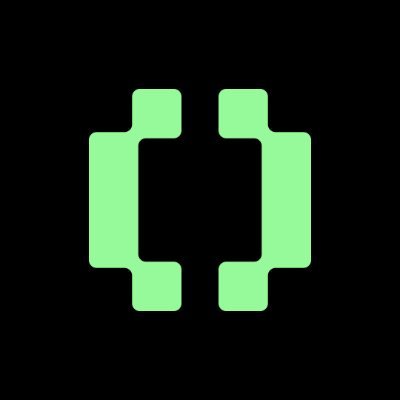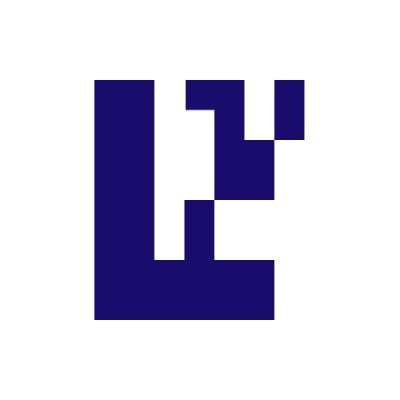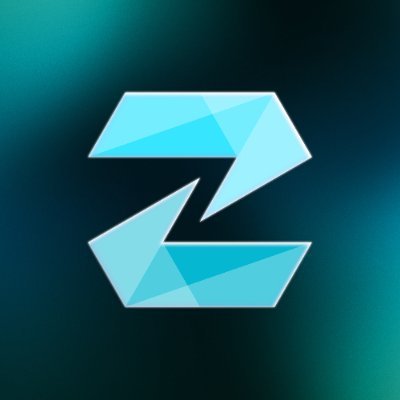Hack VC led a $20 million financing round. How is Aligned building the ZK verification layer?
Author: 1912212.eth, Foresight News
ZK infrastructure continues to attract venture capital, with Aligned Layer recently completing a $2.6 million seed round in April this year, and just two months later, it completed a $20 million Series A round, a speed that is quite rare. The seed round was led by Lemniscap, with participation from StarkWare, O(1)Labs, and others, while the Series A was led by Hack VC, with participation from dao5 and others.
What characteristics does Aligned have that attract a frenzy of venture capital?
Introduction to Aligned
Aligned believes that the future of "proof generation" will not be the biggest bottleneck in the industry, but rather proof verification on-chain. Currently, due to high verification costs, ZK-based applications are still unable to operate efficiently on Ethereum.
Aligned is a verification and aggregation layer built on EigenLayer, which economically and efficiently verifies any SNARK proof by leveraging the security of Ethereum validators. Aligned can have more applications outside of Ethereum and help other chains verify data. Aligned Layer was created and developed by the Ethereum infrastructure startup Yet Another Company, which completed a $1 million funding round in January this year.

From the overview diagram, it can be seen that Layer 0 consists of Bitcoin, Ethereum, and DA layers, Aligned is Layer 1 for verification, and Layer 2 includes other layers, such as application chains, zkML, zkEVM Rollups, etc.
How Aligned Works
In the wave of modular design, splitting multiple processes into dedicated layers is a common practice. By separating the responsibilities of execution, verification, settlement, consensus, and DA into different layers, modular design improves efficiency and reduces costs.
Aligned mainly consists of four core elements, among which Aligned primarily receives proofs from different proof systems and verifies them. These proofs can be generated using different proof systems. They have different proof sizes, verification times, and different verification logics. However, all proofs share a common characteristic: they verify quickly.

Aligned has dedicated validators that check the validity of each validator and publish the results to Ethereum. The proofs are stored in a data availability layer, which provides an economically efficient storage strategy. Operators in Aligned retrieve proof data from this layer.
Ethereum receives verification results from Aligned. However, Ethereum itself cannot verify proofs due to high costs. Instead, a general Rust prover generates verification proofs for all proofs included within a given time period.

To aggregate all proofs, the first step is to convert all proofs into proofs executable by the virtual machine, achieving proof uniformity. Then, we can reduce the proof size through recursive proof proofs, as shown in the tree diagram:

Application Cases
Aligned indicates that its potential application directions include various categories, such as soft finality for Rollups and application chains, rapid bridging, SNARK-based P2P protocols like payment systems and social networks, public chains interoperable with Ethereum, machine learning, ZK oracles, identity verification protocols, on-chain games, and more.
Currently, Aligned supports the Platinum Prover of Cairo STARK, Plonk of gnark, Kimchi of Mina, SP1 of SuccintLabs, and Jolt of a16z. The verification cost depends on the type and size of the proof.
Additionally, Aligned launched a simple testnet based on the Cosmos SDK in March and will migrate to the EigenLayer testnet.













